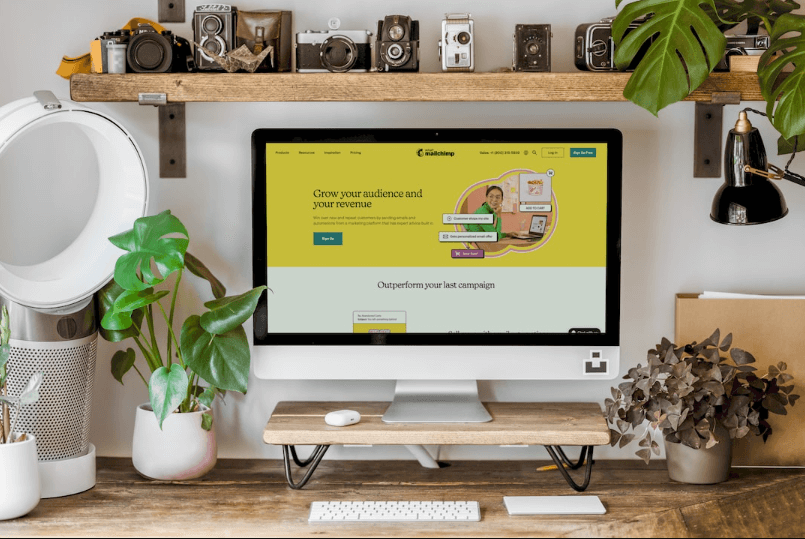In the digital age, logos play a pivotal role in brand identity. They serve as the visual representation of a company or organization and are often the first point of contact between a brand and its audience. The psychology behind online logos is a fascinating area of study that delves into how these visual symbols influence our perceptions and decisions. This article explores the profound impact and influence of logos in the online world. Designing a logo has never been this intuitive – try our AI to create logo.

Contents
1. First Impressions Matter
A logo is often the initial interaction a user has with a brand. In a split second, it can convey a multitude of messages about a company, including its values, professionalism, and even its target demographic. Logos that are well-designed and visually appealing are more likely to create a positive first impression, drawing users in and piquing their interest. Turbologo champions audacious experimentation, inviting users to traverse the landscape of color palettes, layouts, and styles, culminating in logos that articulate brand narratives.
2. Recognition and Recall
The human brain is wired to recognize and remember images more effectively than text. A well-crafted logo helps in brand recall. When a consumer sees a logo repeatedly, it becomes ingrained in their memory, associating the symbol with the brand it represents. This can lead to increased brand loyalty and a higher likelihood of repeat business.
3. Emotional Connection
Logos have the power to evoke emotions and feelings. For example, a warm, inviting color scheme and friendly font choice can create a sense of trust and approachability. Conversely, bold, sharp lines and vibrant colors can elicit excitement and energy. Understanding the emotional impact of design choices is crucial in crafting a logo that resonates with the target audience.
4. Symbolism and Meaning
Effective logos often incorporate symbolism or hidden meanings that resonate with their target audience. For instance, the Nike swoosh represents movement and speed, aligning perfectly with the company’s athletic products. A well-designed logo communicates a brand’s core values and mission without the need for lengthy explanations.
5. Cultural Considerations
Global brands must be mindful of cultural differences when designing logos. Colors, symbols, and imagery can hold different meanings in various cultures. A logo that is well-received in one region may have an entirely different impact in another. This necessitates careful research and consideration to ensure a logo is universally appealing and appropriate.
6. Consistency and Branding
Logos serve as a cornerstone of brand consistency. They appear on websites, social media profiles, packaging, and advertisements. A well-executed logo ensures that a brand’s message remains uniform across all platforms and touchpoints, fostering a sense of trust and reliability among consumers.
7. Adaptability and Scalability
In the online world, logos must be adaptable to various digital platforms. They should look just as compelling on a website as they do on a mobile app or social media profile. A logo that is easily scalable and versatile in its application ensures that a brand maintains a strong online presence.
Conclusion
The psychology of online logos is a complex interplay of design elements, cultural considerations, and emotional connections. A well-crafted logo is not merely a visual representation; it is a powerful tool that influences consumer behavior and shapes brand perception. Understanding the impact and influence of logos is essential for any company seeking to establish a strong online presence and connect with its target audience on a deeper level. By harnessing the psychological power of logos, brands can leave a lasting impression in the minds of consumers, ultimately leading to loyalty and trust.



